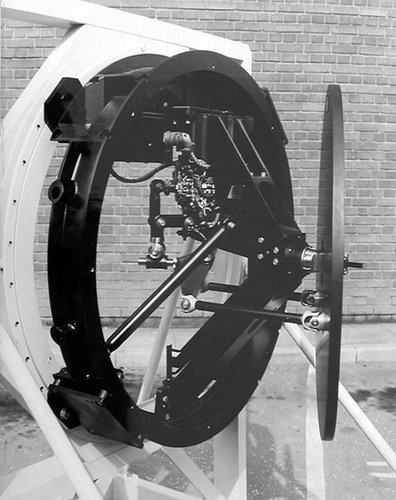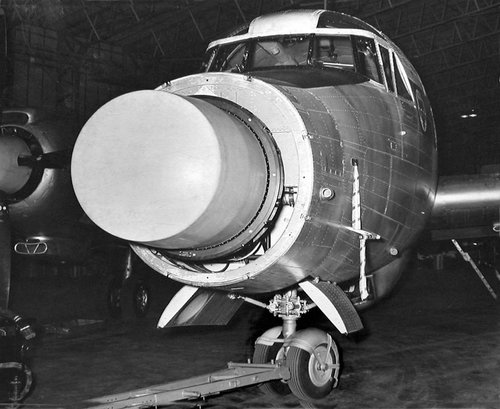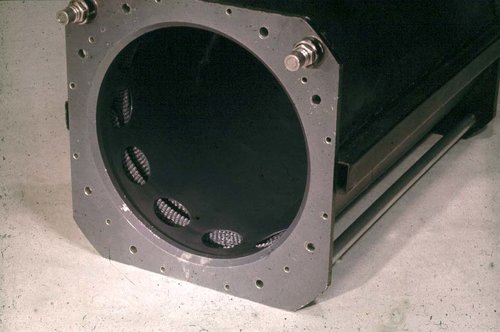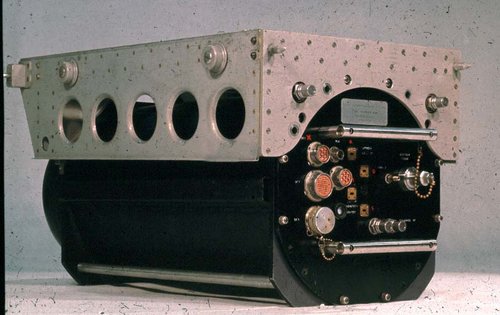- Joined
- 22 April 2012
- Messages
- 2,270
- Reaction score
- 2,045
I went hunting for the Buccaneer 3 having only previously seen references to it in Roy Boot's "From Spitfire to Eurofighter" and in Cabinet Defence Committee notes. The thing which really stuck out in Roy Boot's description of the proposal Blackburn/HS made was reference to a "High Definition dual-band radar with search, ground mapping and attack modes". This was interesting because Ferranti/Elliot offered a dual-band Q/X-band radar for Tornado in the early 1970s (it lost to a solution from Texas instruments), see here:
http://www.raf.mod.uk/rafcms/mediafiles/F0BEA060_5056_A318_A8C37150DFA8B0F2.pdf
Based on what I found in the archives today, 9-10 years earlier, Elliot Automation offered an almost identical radar solution for the Buccaneer 3, it would also have used a Cassegrain antenna. The key difference seems to be the computer for which Elliots were offering the Autonetics Felecia (Elliots had a close relationship with Autonetics, they were license producing the VERDAN for TSR-2), Elliots were also offering the Autonetics N.16 inertial platform as part of their solution.
Away from the radar specifics: Buccaneer 3 was to A.W.162T, and I have to say it seems to have been a mess. The work done under this requirement seems to lack the analytical rigour that normally accompanies defence programmes in this period. Instead there seems to have been a vague three page requirement drafted that was sent to a range of companies whom subsequently both sent responses independently (like the Elliots one I mention above) and talked to each other. The initially planned in-service date of 1965 was very aggressive and almost certainly unachievable. At some point, the entire effort was redrafted under a new requirement A.W.418 or Buccaneer 2* which itself died late in 1964. A.W.418 looked at a number of possible radar solutions but seemed to favour a variant of the TFR from TSR-2.
There were multiple proposals to both requirements, the file itself is a bit of a state, but I hope to try and identify them all at some point but it would quite the effort. It was the radar I was most interested in, not least because of the striking similarity between it and the proposed Ferranti/Elliot solution for Tornado a decade later.
http://www.raf.mod.uk/rafcms/mediafiles/F0BEA060_5056_A318_A8C37150DFA8B0F2.pdf
Based on what I found in the archives today, 9-10 years earlier, Elliot Automation offered an almost identical radar solution for the Buccaneer 3, it would also have used a Cassegrain antenna. The key difference seems to be the computer for which Elliots were offering the Autonetics Felecia (Elliots had a close relationship with Autonetics, they were license producing the VERDAN for TSR-2), Elliots were also offering the Autonetics N.16 inertial platform as part of their solution.
Away from the radar specifics: Buccaneer 3 was to A.W.162T, and I have to say it seems to have been a mess. The work done under this requirement seems to lack the analytical rigour that normally accompanies defence programmes in this period. Instead there seems to have been a vague three page requirement drafted that was sent to a range of companies whom subsequently both sent responses independently (like the Elliots one I mention above) and talked to each other. The initially planned in-service date of 1965 was very aggressive and almost certainly unachievable. At some point, the entire effort was redrafted under a new requirement A.W.418 or Buccaneer 2* which itself died late in 1964. A.W.418 looked at a number of possible radar solutions but seemed to favour a variant of the TFR from TSR-2.
There were multiple proposals to both requirements, the file itself is a bit of a state, but I hope to try and identify them all at some point but it would quite the effort. It was the radar I was most interested in, not least because of the striking similarity between it and the proposed Ferranti/Elliot solution for Tornado a decade later.
Last edited:




